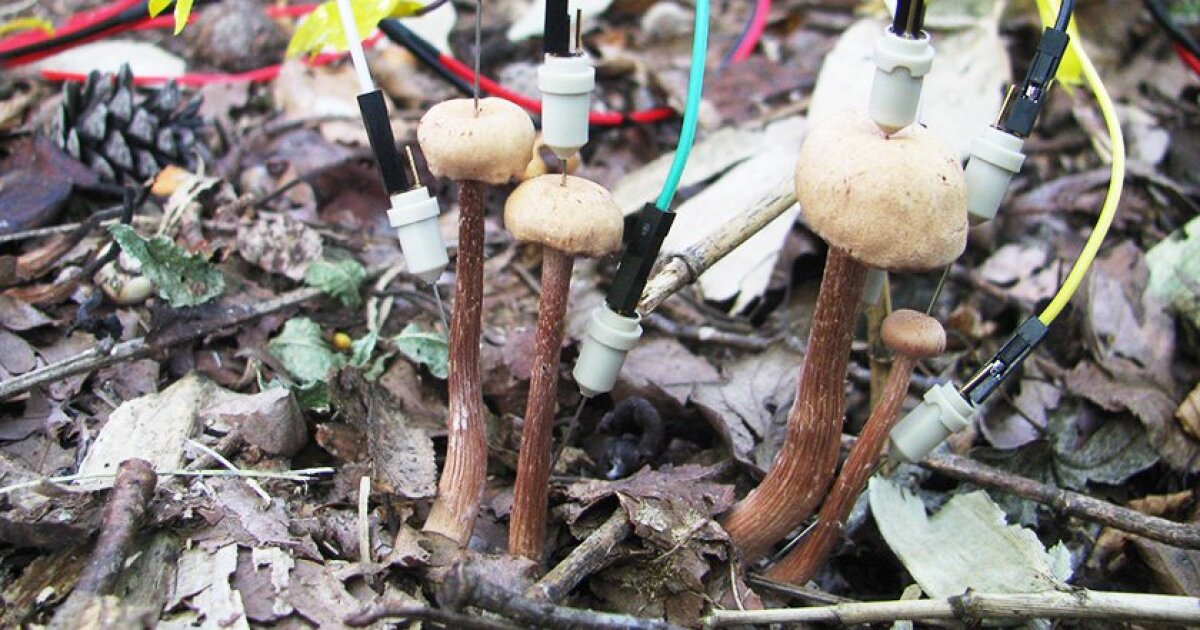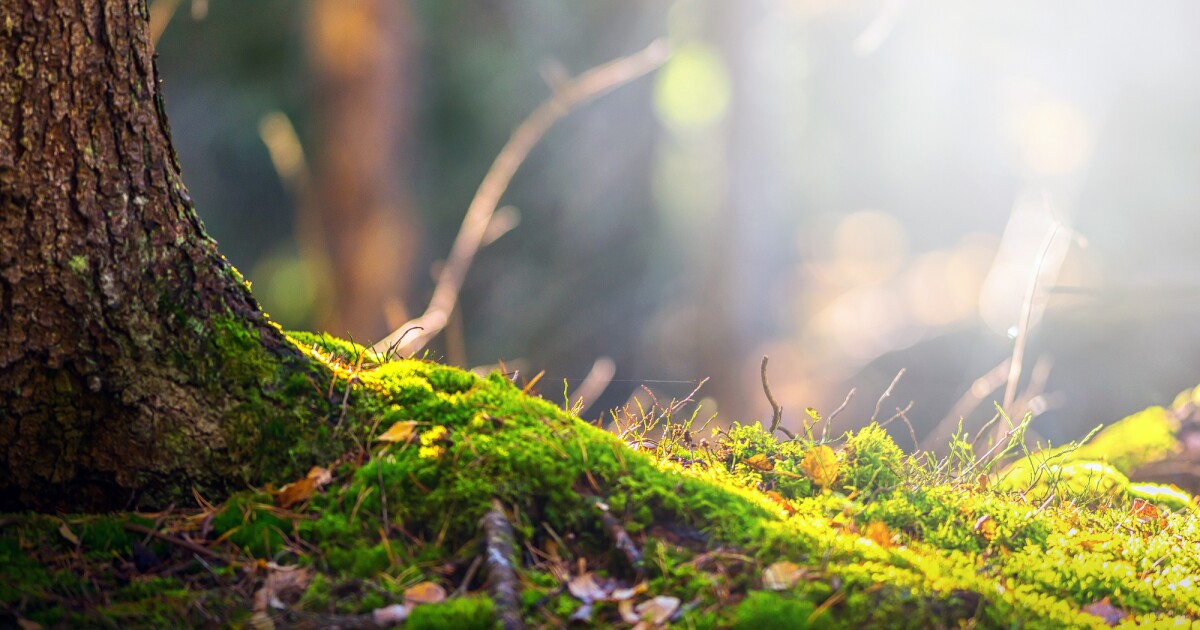- Breathing Light
- Posts
- Breathing Light Issue #65
Breathing Light Issue #65
On Sky Fish and the Gentle Comfort of Quiet Rituals

In this Issue
1. Taku Mahi Toi o Te wiki-My Image of the Week
2. Korero Timatanga-Frontispiece
3. Photographer's Corner-Mastering the PASM dial
4. Waiata moo te Ata-Poem for the day
5. Fevered Mind Links (to make your Sunday morning coffee go cold)
6. Koorero Whakamutunga-Endpapers
My Image of the Week
Taku Mahi Toi O te Wiki

Te Rerenga Wairua, Cape Reinga 2016 | Nikon D810, Sigma Art 24-105/4
“Home is behind, the world ahead,
and there are many paths to tread
through shadows to the edge of night,
until the stars are all alight.”
My father came to visit me one night, perhaps a fortnight after he had passed.
Each night, to get the day’s issues out of my head, I would go for a walk just before bedtime, to breathe and just be.
My father had recently passed, and, as the tuakana (elder son) it fell to me to scatter his ashes in the forest.
I returned to my life in Christchurch, looking to pick up the pieces, to honour the life of a man who had had a powerful impact upon me, physically spiritually and mentally. For so many years he had been my role model, and now he was no longer around.
On this particular evening, about a fortnight after he had passed, I was standing in the darkness at the park some 400 m from our home, thinking about his life and how he had shaped my own journey. Abruptly he was there, floating in the Space Between.
“Where are you going, Dad?” I asked.
He showed me a mental picture of a place that made no sense to me, which I had never visited. He smiled at me briefly, and then he was gone.
Almost a decade later, I went on a journey to Cape Reinga, at the very top of the North Island of New Zealand. I hadn’t been there before, so I didn’t know what to expect. We walked down the long asphalt path to the lighthouse, as one does when visiting for the first time.
As we rounded a corner, I saw the small peninsula down which the kehua (ghosts) of those past and passed descend, climbing down the ancient karaka tree, to enter the water, before they begin their journey back to Hawaiiki-Nui, to Source.
I suddenly felt weak in the knees and had to sit down on the conveniently placed seat. What on earth was going on? I asked myself. I had been here before, and yet I had not.
And then I remembered.
On that night 17 years before, my father had shown me the path that he would take. And here I was, recognising this place for the first time.
And yet again.
So, as my father crossed over from this world to the next, he showed me where he would travel.
And, when my time comes, where I will travel.
On Atua Peruperu, the small hill to the left as you descend to the lighthouse, it is possible to see the place where the male current flowing up the West Coast of both islands recombines with the female current flowing up the East Coast. And, on the right day, when the sky is clear, you can see across to Manawataawhi, The Three Kings Islands, where the kehua rise for one last time and one last look, before descending into Rarohenga, The Underworld.
I made this work to honour our journey as Maaori, under the watchful eye of our tupuna (ancestors) and kaitiaki (guides).
One only, framed.
$15 000.
Frontispiece
Koorero Timatanga

Curio Bay, 2010 | Sony A900, Zeiss ZA 24-70/2.8
Friends are the siblings God never gave us.
Atamaarie e te whaanau:
Good morning everybody.
It is ratherjoyous to be back here in the Breathing Light saddle.
In my last newsletter, I mentioned that I was off to hospital for some minor surgery. It turned out to be a much bigger journey than I thought. While the procedure itself doesn’t sound particularly remarkable, in fact it was a big deal.
That was 12 days ago, and I’m only now coming back to some sense of myself, and my ability to do anything. It was fairly major abdominal surgery (or so I am told), and the assistant surgeon told me in no uncertain terms I was not to even think about driving for at least a week. Not only that, I am not allowed to lift anything heavier than 2 kg-for the next month.
So, for the first 10 days, my world has been limited to the 15 to 20 paces from my front door to the front of the property. No driving, no walking around, no dashing down to the shop. Not only that, but navigating each day with a catheter and a drain bag certainly had me feeling like one of Dr. Frankenstein’s test dummies. I learned that there is no room for airs, graces and personal dignity in hospital. Yet, the kindness and compassion of the staff, who are all struggling with an overwhelming workload, had me in tears at times. Extraordinary people doing an extraordinarily difficult job. I feel nothing but gratitude.
However, having navigated my way through a sea of painkillers and personal challenges, I decided that yesterday morning it was time to get out and about. I went downtown, bought myself a coffee and drove around the back of the domain beside the lake. I wound down the window, and listened to the breathing of the air and the soft song of the lake water, and began to reconnect with Te Taiao, the Natural World. Resting beside the lake edge, with mountains clad in a kaakahu (cloak) of fresh snow towering over me, put things back in perspective.
I’m sure each of you has your own quiet ritual to reconnect to All That Is. And it is important for us to have them. It can be as simple as a cup of tea in a favourite cup or as complex as a religious ritual. Above all, it is about honouring ourselves and the wonder of our journey.
And there is great comfort to be found in that. I do believe that every so often we need to stop, reorient, and put a stake in the sand for where and who we are.
Our turangawaewae (literally, the place where I stand").
We might well say that we are where we stand.
Photographer's Corner
Mastering The PASM dial

Hokianga, Northland | Nikon D810, Sigma Art 24-105/4
Nature does not hurry, yet everything is accomplished.
Mastering The PASM dial
Someone once said that mastery is when you make it look simple.
In the beginning of our photographic journey, we may well find ourselves so confused by all the knobs and buttons and trying to master them, that we focused more on process than content. Small wonder then, that many of our photographs are fairly ordinary. Coming to terms with the technology takes time and practice. The more we practice, the more quickly we will begin to master our process and then be able to concentrate on what it is we are trying to say. It’s worth pointing out here that mastery is a journey, not a destination. We can never really say we have mastered anything; we just become more skilled at it.
Beginner students often ask me which exposure mode they should be using (what they are really wanting to know is what exposure mode I use -and when). I am a big fan of the KISS Principle (Keep It Simple, Stupid). The less time I have to spend thinking about my exposure choices, the more I have to work on the content and, even more importantly, what I am trying to say.
So, these are my thoughts for what they are worth.
Look at your scene. If it isn’t moving, then the important thing is aperture and depth-of-field. I recommend using Aperture Priority, setting your optimum aperture and adjusting your Histogram with the exposure compensation dial.
If it is moving, for example waterfalls, then Shutter Speed is the priority. If you’re photographing motorsport, then you’re after the moment. Choose Shutter Priority, and vary your aperture to suit. Timing is everything.
Program mode (also known as P for Professional) is when you don’t have time to think and you’d prefer to leave it up to the camera to sort out. Definitely the mode of choice when you’re photographing the crowds outside the church at a wedding, or you’re in the middle of a riot.
Manual mode is for when you have been told that real photographers only shoot in manual mode and you believe them. Knock yourself out.
There is a wonderful saying “ f8 and be there”. And there is a reason for f8. For most lenses that is the optimum aperture in terms of Sharpness (detail resolution). It also offers depth-of-field to suit most situations.
Oh, and since you ask, most of my photography is at F8. So, my camera tends to spend most of its time on Aperture priority mode.
Works for me.
Waiata Mou Te Ata-Poem For the Day
Wintercloak Song (Hine Takarua)

Bluescape, Manuherikia 2007 | Canon 1Ds Mk II, EF 100-400 4-5.6L
I prefer winter and fall, when you feel the bone structure of the landscape. Something waits beneath it; the whole story doesn't show.
Wintercloak Song (Hine Takarua)
Hine Takarua,
the winter maid has come,
diffusing a soft-scatter quilt of gentlythrown mink and ermine
over the summergnarled and stiffupperlipped
grumbleshouldered mountains
ramparting the sky gate to the south.
She has breathed a soft purselipped sigh of watery, wan relief
on the fogged windowpane of the day,
and doodled carefree circles of inbreathed, outbreathed snow,
dipping her icefeather quill
in the inkwell of the light.
She watches with a pale-lipped smile
as the last trembling leaves of Autumn
shiver soft and forlorn from the trees
to flitter, flutter fall
as littoral litter
in the margins
and outer edges
of the day.

Fevered Mind Links (to make your Sunday morning coffee go cold)
EndPapers
/
Koorero Whakamutunga

Ki Raro, Hokianga | Fujifilm X-H1, XF 16-55/2.8
“Deep in the sea are riches beyond compare. But if you seek safety, it is on the shore.”
It was yesterday, while I was enjoying my latte in the company of the lake and mountains, that a thought came to me.
I was watching the lake, knowing that its current was driving the water south to the sea, and yet the wind was blowing in the opposite direction, giving the impression that the lake was flowing uphill. I remembered a friend, a fishing guide, telling that when the wind blows across a lake, the water is actually higher on the downwind side then on the upwind side.
And then I remembered something else, something once said to me. You know, birds are the fish of the sky. So I looked out my window across the lake, trying to envision water flowing uphill and birds with scales. There is something to be said for the gentle consideration of reality, of turning the stone over and trying to see it from another angle.
In a way, I get it. Birds are the fish of the sky, while fish are the birds of the water. I’m not sure I ever want to see a Great White wandering past through the poplars along the lake edge.
And then I saw a passing cormorant (shag) and thought of how it is at home in both water and air. It is both a sky fish and a water bird.
And how would you make art about that?
All art begins with a question.
As always, walk gently upon our Mother and be kind to each other.
He mihi arohaa nunui ki a koutou katoa
Much love to you all,
Tony.











Reply